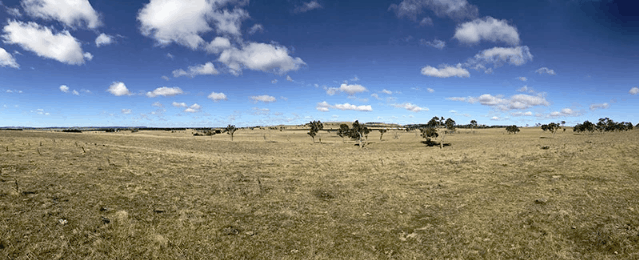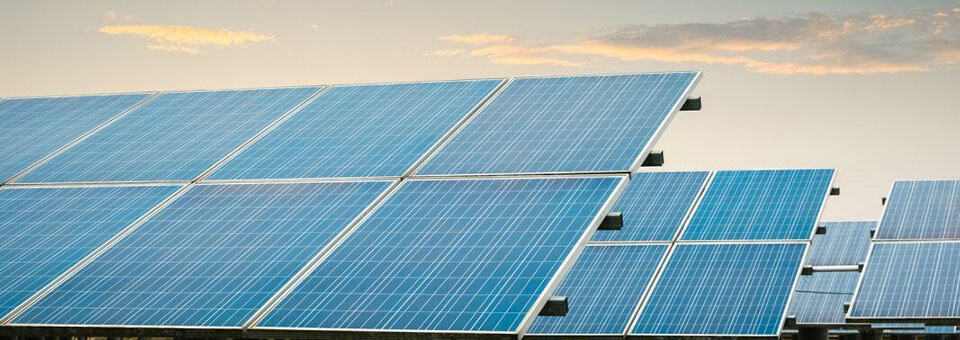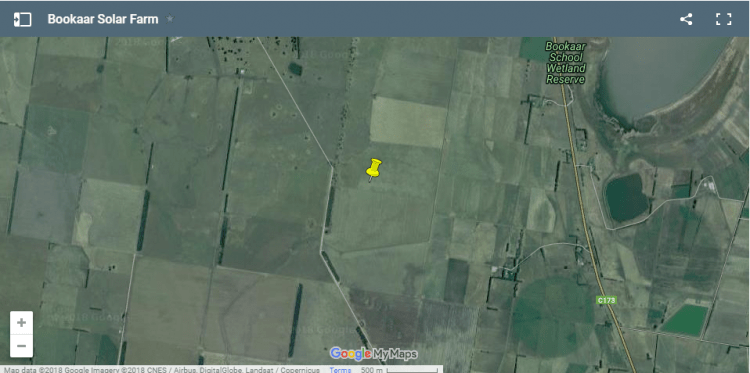UPC Renewables Australia is developing the New England Solar Farm, a major grid-connected solar farm in the Uralla Shire. Let’s take a look at the project and some of the opposition it’s currently up against.
New England Solar Farm

The 2700ha project will be 600-800MW depending on what approval UPC are able to get from the Uralla Shire Council. They’ve promised $150,000 – $200,000 a year for 25 years for the local community to go towards funding, partnerships, education, tourism and more.
According to the official website, up to 500 jobs will be made during the construction of the solar farm (around 36 months) and if the New England Solar Farm ends up with battery storage (which is looking very possible), more jobs will be created.
The farm is expected to generate enough renewable energy to power around 250,000 homes in New South Wales.
New England Solar Farm Opposition
We’ve seen a bit of solar farm opposition lately – it’s good to see companies being held to account, but the legitimacy of the claims seem to vary quite widely. The proposed New England Solar Farm has resulted in the creation of The Uralla, Walcha Community Action Group for Responsible Solar and Wind Development, a group of residents who would like the southern side of the project to be cancelled, citing social, economic and environmental impacts.
“It’s obvious that the north west more than anywhere else in the state has more at risk,” the group’s advisor Mark Fogarty said in comments repeated by the Northern Daily Leader.
“Therefore it’s imperative that the community entrust with the councils the right planning authority to ensure the balance between development and community interest.”
In response, UPC Renewables have reduced the project’s southern area by 50%, according to Killian Wentrup from UPC.
“Landowners across the proposed site and many others in the wider community support our plans and the benefits it can bring to Uralla,” he said.



